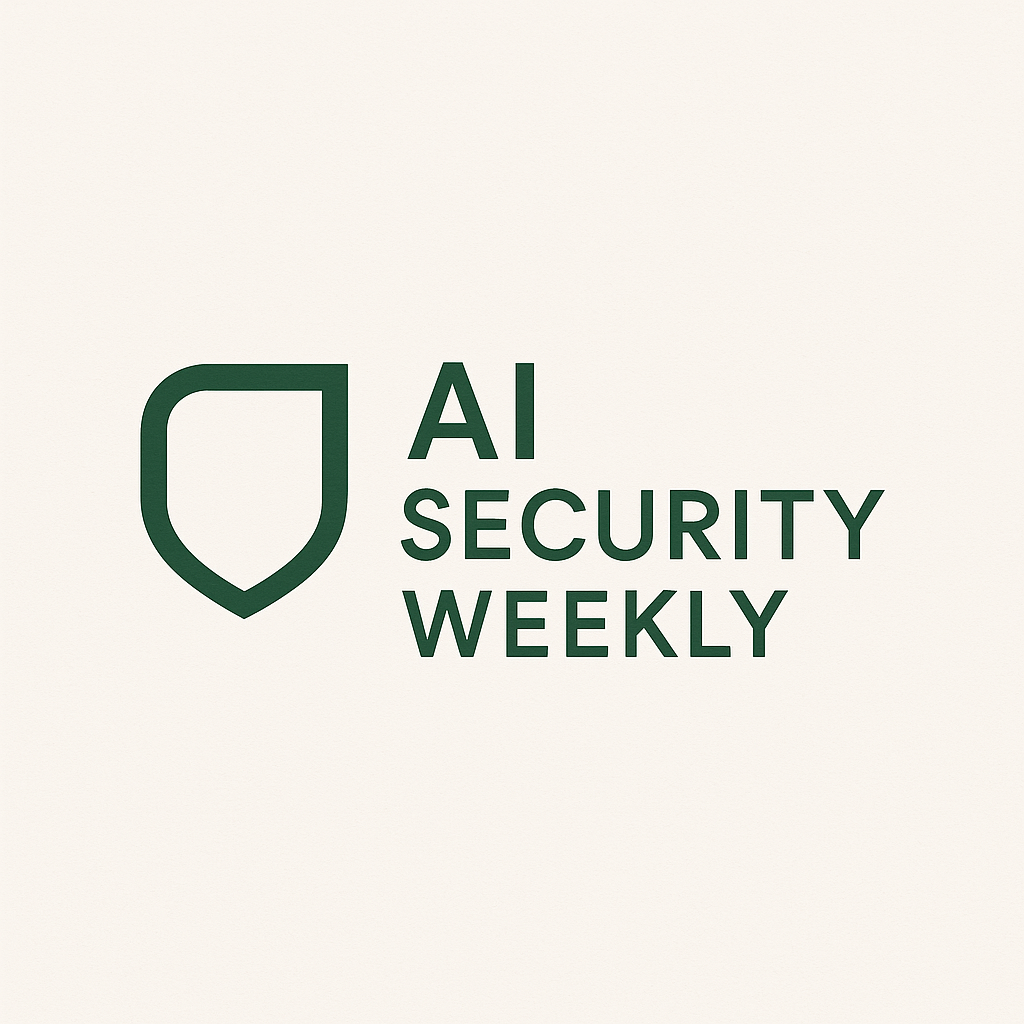Machine learning has long stood as a cornerstone of artificial intelligence for businesses. In April 2021, it was hailed as a powerful AI form revolutionizing various industries.
However, with the launch of ChatGPT-3.5 in 2022, many organizations began to concentrate on generative AI, a subfield capable of producing new content. Notably, generative AI itself is rooted in machine learning.
While traditional machine learning has become a firm fixture in many enterprises, a 2024 survey revealed that 64% of senior data leaders believe generative AI could be the most transformative technology in decades. Despite its broad applications, understanding when to utilize traditional machine learning remains critical.
Experts from MIT Sloan, Associate Professor Swati Gupta and Professor Rama Ramakrishnan, shared insights on how generative AI may supplant predictive machine learning in specific areas, as well as when traditional machine learning remains the superior choice.
Understanding Machine Learning
Machine learning is a subset of artificial intelligence designed to allow computers to learn autonomously. Unlike traditional computing, which relies on programming direct steps, machine learning models learn from examples and patterns inherent in the data.
This technology finds various applications — from predicting consumer behavior and detecting fraudulent bank transactions to customizing search results on e-commerce platforms. The effectiveness of machine learning largely depends on the volume of data it is trained on and the patterns it can recognize.
Exploring Generative AI
Generative AI represents an advanced branch of machine learning focused on generating new content, such as text, images, and videos from extensive datasets. Prominent examples include large language models (LLMs) like ChatGPT, which gained popularity for their quick, contextually relevant responses.
Gupta notes that generative AI can uncover relationships within data that traditional machine learning often overlooks. While machine learning typically identifies patterns or makes predictions, generative AI crafts entirely new content, paving the way for diverse applications in businesses, such as call transcriptions or policy navigation.
Best Scenarios for Generative AI
Generative AI is particularly effective in tasks traditionally handled by machine learning, especially when working with common language and images. For example, a company analyzing online reviews for product defects can utilize LLMs to glean insights swiftly without the need to build a custom machine learning model.
Generative AI is more accessible for many software engineers, making it an appealing choice for those without a deep technical background. Thus, when faced with straightforward data challenges, organizations are encouraged to explore generative AI solutions first.
When to Prefer Traditional Machine Learning
Despite the advantages of generative AI, traditional machine learning remains vital in certain scenarios. For instance, organizations dealing with sensitive, proprietary data should exercise caution with LLMs to prevent potential data leaks. Furthermore, complex, domain-specific tasks often call for traditional machine learning due to the nuances involved.
Integrating Machine Learning with Generative AI
In many situations, the best approach involves harmonizing machine learning with generative AI. Generative AI can enhance machine learning models by providing additional context, thereby improving prediction accuracy. Moreover, it can simplify the process of model creation, allowing data scientists to focus on analysis rather than initial model development.
Furthermore, generative AI can generate synthetic data for training purposes when real data is scarce and help clean up structured data, thus enhancing the overall workflow within traditional machine learning.
Ultimately, the decision between using generative AI or traditional machine learning should be guided by the specific needs and circumstances of the task at hand. Understanding when to implement each will be crucial for businesses moving forward.



